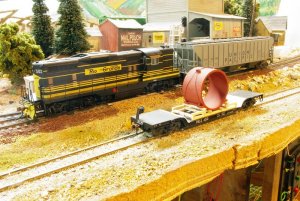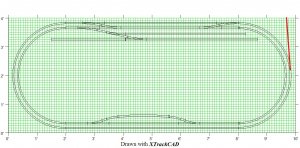psychobeagle12
Member
Ok, so I just read some "basics" on waybills and operation, and I think I need a bottle of aspirin!! Does anyone have a simple "getting started" kind of site, book, or other advice for operating a simple layout using waybills? I have a couple industries and a handful of cars and am trying to start operating a little more prototypically. I don't know if it helps but 1940s - 1950s PRR. 




